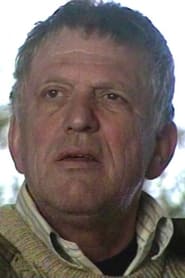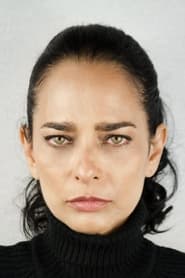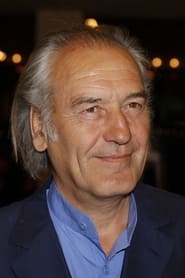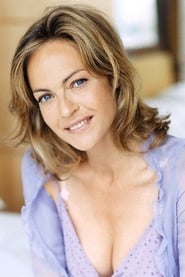

The Five Obstructions(2003)
Lars von Trier challenges his mentor, filmmaker Jørgen Leth, to remake Leth’s 1967 short film The Perfect Human five times, each with a different set of bizarre and challenging rules.

Movie: The Five Obstructions
Top 10 Billed Cast
The Perfect Woman (from Det perfekte menneske) (archive footage)
The Perfect Man (segment "Cuba")
(segment "Cuba")
Maid (segment "Brussels")
Couple (Man) (segment "Brussels")
Video Trailer The Five Obstructions
Recommendations Movies
 6.4
6.4The Element of Crime(da)
Fisher, an ex-detective, decides to take one final case when a mysterious serial killer claims the lives of several young girls. Fisher, unable to find the culprit, turns to Osbourne, a writer who was once respected for his contributions to the field of criminology. Fisher begins to use Osbourne's technique, which involves empathizing with serial killers; however, as the detective becomes increasingly engrossed in this method, things take a disturbing turn.
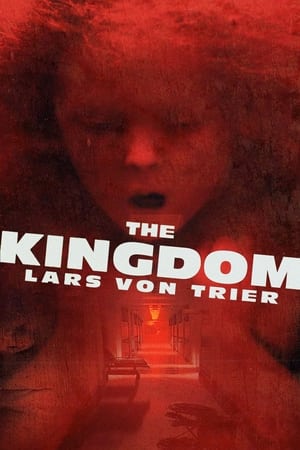 7.7
7.7The Kingdom(da)
Set in the neurosurgical ward of Copenhagen's Rigshospitalet, the city and country's main hospital, nicknamed "Riget", a number of characters, staff and patients alike, encounter bizarre phenomena, both human and supernatural.
 7.6
7.6As I Was Moving Ahead, Occasionally I Saw Brief Glimpses of Beauty(en)
A compilation of over 30 years of private home movie footage shot by Lithuanian-American avant-garde director Jonas Mekas, assembled by Mekas "purely by chance", without concern for chronological order.
 6.4
6.4Frau Ella(de)
A young man goes on a road trip with an old lady he saves from a hospital.
 6.5
6.5Storytelling(en)
College and high school serve as the backdrop for two stories about dysfunction and personal turmoil.
 6.5
6.5Giorgino(fr)
October 1918: After returning to the civil life, the young Doctor Giorgino Volli searches for a group of children, which he had been the care-taker of before the first world war began. However, soon the searching becomes a part of hide-and-seek with death. Giorgino finds a village bordered with a treacherous marsh and rumours of wolves. There he also meets the mysterious Catherine....
 6.7
6.7The Perfect Human(da)
An elegant and humorous film—in the guise of a serious anthropological treatise—spotlights "The Perfect Human," a model of the modern Dane created by our wishful thinking.
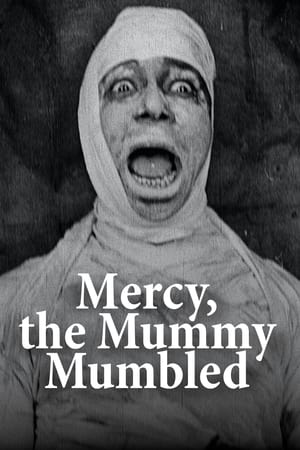 6.2
6.2Mercy, the Mummy Mumbled(en)
Mercy, the Mummy Mumbled pokes fun at both mad scientists and the Egyptian mummy craze that followed the discovery of King Tut's tomb early in the 20th century. A young man wooing the daughter of a scientist hatches a get rich quick scheme when he spots a classified ad searching for "a mummy for experimental purposes." While he wraps up a phony for the scientist, two Egyptian agents (outfitted in a crazy mix of ancient fashion and modern style) tracking stolen relics get tangled in the confusion.
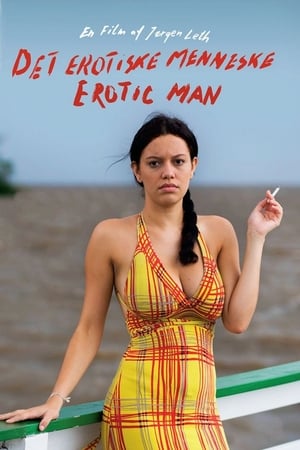 5.0
5.0The Erotic Man(en)
The film has been ten years in the making, and over time it has grown to become what the director himself has called an artistic testament. It is simultaneously his most personal and most provocative film. A film about growing older, about losing, about the special moments one remembers, and about the director's own circling around the essence of eroticism.
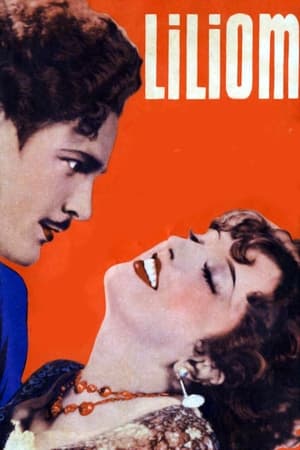 6.8
6.8Liliom(en)
A carousel barker falls in love with a young woman. Both are fired from their jobs, and when the young woman becomes pregnant, the carousel barker tries to help pull off a robbery, which goes wrong. Because of the robbery, he dies, and after spending time in hell, is sent back to earth for one day to try to make amends. Preserved by the Academy Film Archive.
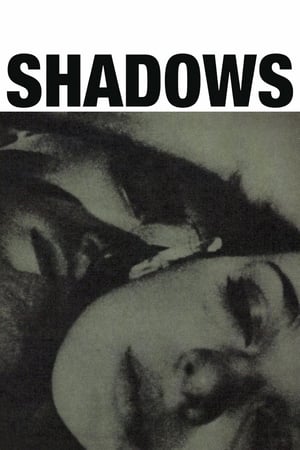 6.9
6.9Shadows(en)
The relationship between Lelia, a light-skinned black woman, and Tony, a white man is put in jeopardy when Tony meets Lelia’s darker-skinned jazz singer brother, Hugh, and discovers that her racial heritage is not what he thought it was.
 6.5
6.5The Idiots(da)
A mix of home-video and documentary styles about a group of young people who have decided to get to know their “inner-idiots” and thus not only facing and breaking their outer appearance but also their inner.
 7.0
7.0The Proposition(en)
In 1880s Australia, a lawman offers renegade Charlie Burns a difficult choice. In order to save his younger brother from the gallows, Charlie must hunt down and kill his older brother, who is wanted for rape and murder. Venturing into one of the Outback's most inhospitable regions, Charlie faces a terrible moral dilemma that can end only in violence.
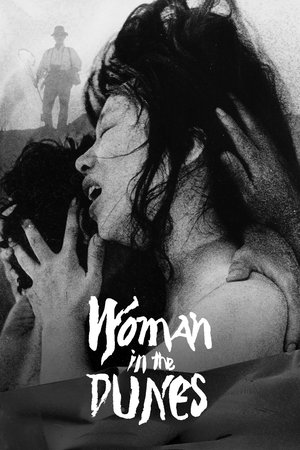 8.2
8.2Woman in the Dunes(ja)
A vacationing entomologist suffers extreme physical and psychological trauma after being taken captive by the residents of a poor seaside village and made to live with a woman whose life task is shoveling sand for them.
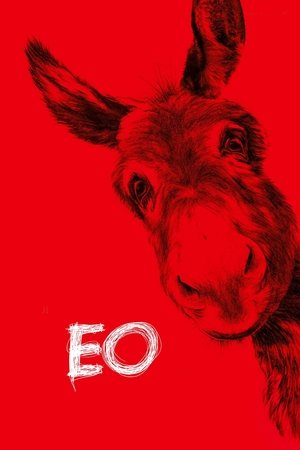 6.5
6.5EO(pl)
The world is a mysterious place when seen through the eyes of an animal. EO, a grey donkey with melancholic eyes, meets good and bad people on his life’s path, experiences joy and pain, endures the wheel of fortune randomly turn his luck into disaster and his despair into unexpected bliss. But not even for a moment does he lose his innocence.
 7.4
7.4Zelig(en)
Fictional documentary about the life of human chameleon Leonard Zelig, a man who becomes a celebrity in the 1920s due to his ability to look and act like whoever is around him. Clever editing places Zelig in real newsreel footage of Woodrow Wilson, Babe Ruth, and others.
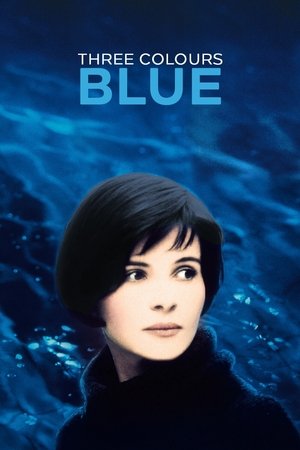 7.7
7.7Three Colors: Blue(fr)
The wife of a famous composer survives a car accident that kills her husband and daughter. Now alone, she shakes off her old identity and explores her newfound freedom but finds that she is unbreakably bound to other humans, including her husband’s mistress, whose existence she never suspected.
 7.9
7.9Dancer in the Dark(en)
Selma, a Czech immigrant on the verge of blindness, struggles to make ends meet for herself and her son, who has inherited the same genetic disorder and will suffer the same fate without an expensive operation. When life gets too difficult, Selma learns to cope through her love of musicals, escaping life's troubles – even if just for a moment – by dreaming up little numbers to the rhythmic beats of her surroundings.
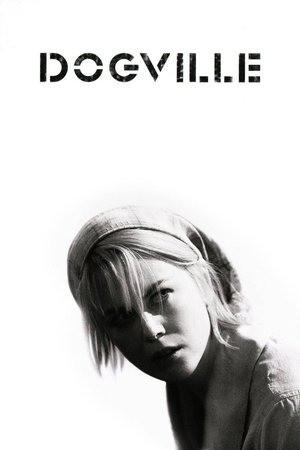 7.8
7.8Dogville(en)
When beautiful young Grace arrives in the isolated township of Dogville, the small community agrees to hide her from a gang of ruthless gangsters, and, in return, Grace agrees to do odd jobs for the townspeople.
Similar Movies
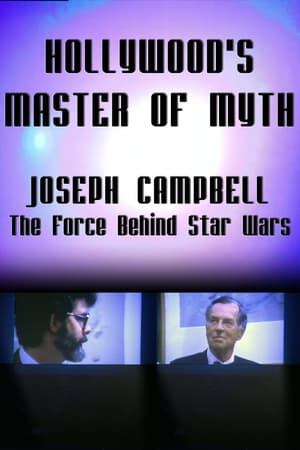 0.0
0.0Hollywood's Master of Myth: Joseph Campbell - The Force Behind Star Wars(en)
Documentary charting the contribution to Hollywood movies made by writer Joseph Campbell, whose ideas about mythic structure helped shape Star Wars.
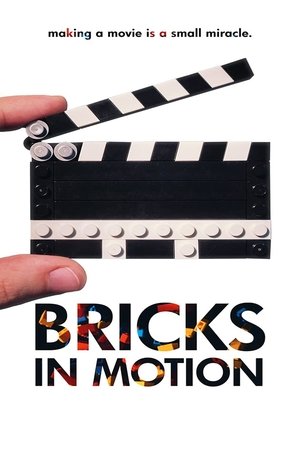 6.7
6.7Bricks in Motion(en)
BRICKS IN MOTION is a feature length documentary that explores the lives of individuals involved in the hobby of creating stop-motion animated films with LEGO® bricks and other building toys. Filmed in five countries around the world, the film is a journey through the creative life and struggles of a diverse community of storytellers as they bring their spectacular visions to life.
 5.8
5.8A Bunch of Amateurs(en)
A bunch of British working class amateur filmmakers with nothing left to lose tackle one of Hollywood's greatest musicals in order to save their beloved Club. Britain’s oldest amateur filmmaking club struggles to survive, as its members grow old amid flickering memories and hardships. In the northern industrial town of Bradford, England, a handful of diehard amateur filmmakers desperately cling to their dreams, and to each other, in this warm and funny look at shared artistic folly that speaks to the delusional dreamer in us all.
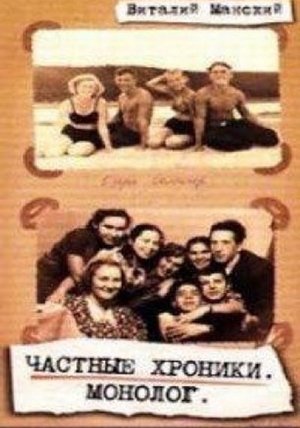 0.0
0.0Private Chronicles: Monologue(ru)
The collective life of the generation born as Jurij Gagarin became the first man in space. Vitaly Mansky has woven together a fictional biography – taken from over 5.000 hours of film material, and 20.000 still pictures made for home use. A moving document of the fictional, but nonetheless true life of the generation who grew up in this time of huge change and upheaval.
 6.5
6.5In the Shadow of Hollywood: Race Movies and the Birth of Black Cinema(en)
This documentary captures the sounds and images of a nearly forgotten era in film history when African American filmmakers and studios created “race movies” exclusively for black audiences. The best of these films attempted to counter the demeaning stereotypes of black Americans prevalent in the popular culture of the day. About 500 films were produced, yet only about 100 still exist. Filmmaking pioneers like Oscar Micheaux, the Noble brothers, and Spencer Williams, Jr. left a lasting influence on black filmmakers, and inspired generations of audiences who finally saw their own lives reflected on the silver screen.
 5.3
5.3Enter the Anime(en)
What is anime? Through deep-dives with notable masterminds of this electrifying genre, this fast-paced documentary seeks to find the answers.
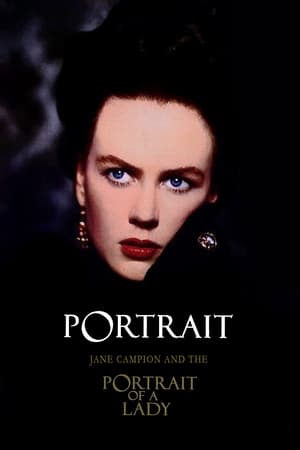 7.5
7.5Portrait: Jane Campion and The Portrait of a Lady(en)
A documentary about the making of Jane Campion's 'The Portrait of a Lady'.
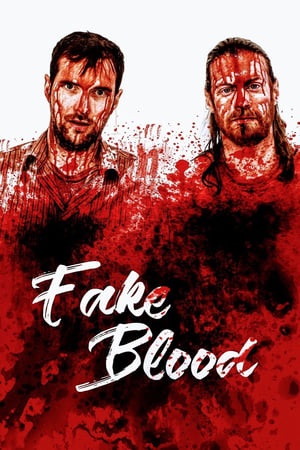 5.1
5.1Fake Blood(en)
Rob Grant and Mike Kovac receive a disturbing fan video inspired by their previous horror movie Mon Ami, motivating them to investigate the responsibility of filmmakers in portraying violence in movies. In their pursuit of the truth they are unwittingly introduced to the real world of violent criminals and their victims.
 6.5
6.5Fellinopolis(it)
Ferruccio Castronuovo was the only authorized eye, between 1976 and 1986, to film the brilliant Italian filmmaker Federico Fellini (1920-1993) in his personal and creative intimacy, to capture the gears of his great circus, his fantastic lies and his crazy inventions.
 0.0
0.0Documentary for the Recently Deceased: The Making of Beetlejuice(en)
A documentary about Tim Burton's iconic 1988 fantasy comedy Beetlejuice, covering all the aspects of production: from filming in East Corinth, Vermont, to the stop-motion and special effects work, as well as a series of exclusive interviews and rare behind the scenes archives.
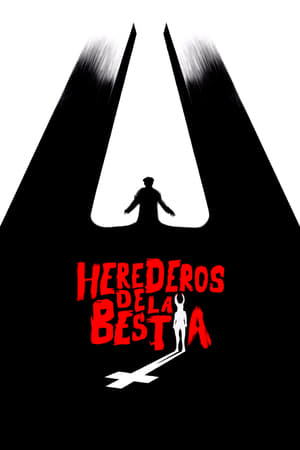 6.0
6.0Heirs of the Beast(es)
The story of the making and subsequent success of The Day of the Beast, the Spanish cult film directed by Álex de la Iglesia and released in 1995.
 6.8
6.8Movies by Machine - AI and Cinema(de)
As artificial intelligence becomes ever more sophisticated, the film industry is split between enthusiasm at what the technology can achieve and concern over the future for human workers in the industry. Will actors and actresses be replaced by machines? An overview on the coming wave of AI in cinema.
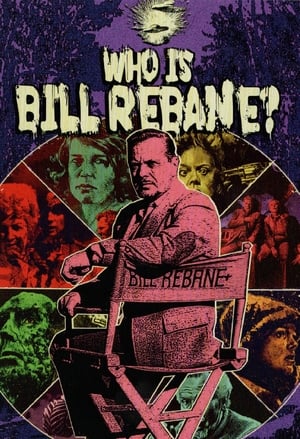 5.7
5.7Who Is Bill Rebane?(en)
A feature-length documentary on the life and work of Wisconsin grindhouse cinema auteur Bill Rebane, featuring historians, critics, and filmmakers, plus cast and crew members who worked with Rebane himself.
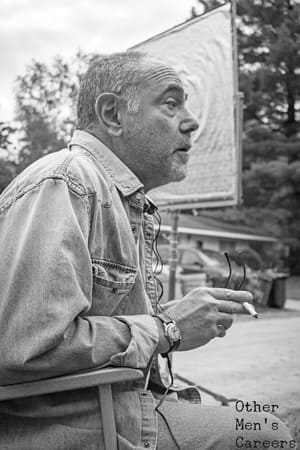 8.5
8.5Other Men's Careers(en)
Eccentric, outspoken, and unfiltered TV and low budget film director Josh Becker struggles to emerge from the shadow of his work on "The Evil Dead", "Xena", the careers of his more successful colleagues, depression and alcoholism to fulfill his lifelong ambition of creating high quality, successful films.
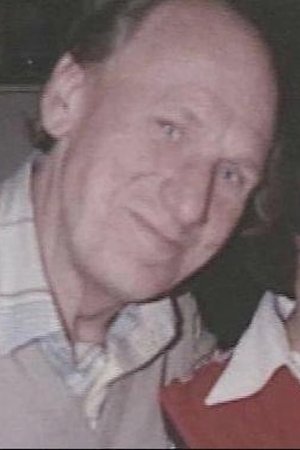 7.0
7.0Grisha(et)
An up-close look into the life of the often misunderstood movie director Grigori Kromanov through the lens of old friends and colleagues.
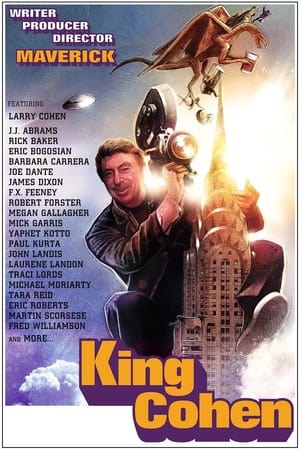 6.6
6.6King Cohen: The Wild World of Filmmaker Larry Cohen(en)
A feature-length documentary focusing on the acclaimed work and eclectic career of maverick filmmaker Larry Cohen, writer-director of "Black Caesar," "It's Alive," "God Told Me To," "Q," "The Stuff," and many more.
 0.0
0.0A Day in the Life of French Cinema(fr)
Documentary showing one day of work of over 90 actors and filmmakers from French cinema on the same day. On 27 March 2002, 27 teams filmed actors, directors, producers and technicians at work, from Hawaii to Paris and from New York to Lisbon.
Homo Cinematographicus(fr)
Homo Cinematographicus is a human species whose unit of measurement and point of reference is the cinema and its derivative, television. Filmed at the 1998 Cannes Film Festival, the film offers an unspecified number of statements, talking about memories and a thousand fragments of stories, titles and film scenes, the warp of a gigantic collective Chanson de geste.
 0.0
0.0Joseph Cornell: Worlds in a Box(en)
This is a 1991 documentary film about the legendary artist and filmmaker, Joseph Cornell, who made those magnificent and strange collage boxes. He was also one of our great experimental filmmakers and once apparently made Salvador Dali extremely jealous at a screening of his masterpiece, Rose Hobart. In this film we get to hear people like Susan Sontag, Stan Brakhage, and Tony Curtis talk about their friendships with the artist. It turns out that Curtis was quite a collector and he seemed to have a very deep understanding of what Cornell was doing in his work.
